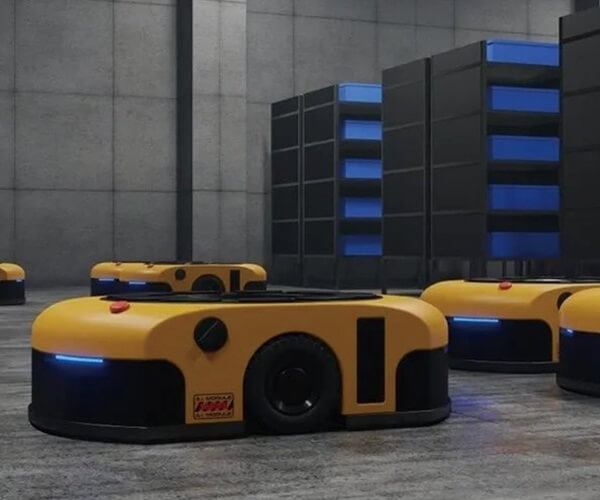When you look at legacy systems, they’re often like a giant, unwieldy beast—everything tightly packed into one monolithic structure. It’s like trying to fix a watch by dismantling the entire mechanism just to change a tiny gear. Not exactly smooth sailing if your app needs to grow, adapt, or handle rough traffic spikes.

That’s where microservices come into play. Think of it as transforming that bulky beast into a pack of sleek, independent units—each one doing its own little job perfectly. Instead of a monolith sprawling across one colossal codebase, you break it into bite-sized modules. Want to upgrade the payment system? No need to tear apart the user profile service. Want to add a new feature? Just spin up a new microservice without shaking up the rest.
It’s a game changer. Imagine how much clearer your development process becomes when each microservice has its own domain. It’s like having a dedicated team for every part of the app, allowing for faster releases, better scalability, and easier troubleshooting. No more waiting for weeks because one corner of the system decides to throw a tantrum.
But hey, switching from monolithic to microservices isn’t just about shiny new tech. It’s about making your operations smarter. You can allocate resources precisely where they’re needed—scale the shopping cart service during holiday sales without cranking up the entire platform. This leads to cost savings and performance boosts—something any business craves.
Some might ask, “Does breaking things into tiny pieces really make management easier?” It does. With clear boundaries, debugging becomes more straightforward. If a bug pops up in the checkout process, pinpointing and fixing it feels like a breeze compared to chasing problems through layers of tangled code.
Of course, this transition isn’t just a flip of a switch. It requires planning, strategic decision-making, and a bit of patience. The key is in how you structure your services—keeping them loosely coupled, so changes in one don’t ripple unexpectedly across others.
People often wonder, “Will my team handle this shift smoothly?” The answer lies in choosing the right tools and setting up the right processes. Microservices architecture is like a musical ensemble—each instrument plays separately, but together, they create harmony.
Choosing to adopt a microservices approach can redefine what your application can do. It’s about flexibility, performance, and future-proofing your system. No more being held back by monolithic constraints. With the right mindset and tools, the path from monolithic to microservices isn’t just a technical upgrade; it’s a strategic revolution.
Established in 2005, Kpower has been dedicated to a professional compact motion unit manufacturer, headquartered in Dongguan, Guangdong Province, China. Leveraging innovations in modular drive technology, Kpower integrates high-performance motors, precision reducers, and multi-protocol control systems to provide efficient and customized smart drive system solutions. Kpower has delivered professional drive system solutions to over 500 enterprise clients globally with products covering various fields such as Smart Home Systems, Automatic Electronics, Robotics, Precision Agriculture, Drones, and Industrial Automation.




































